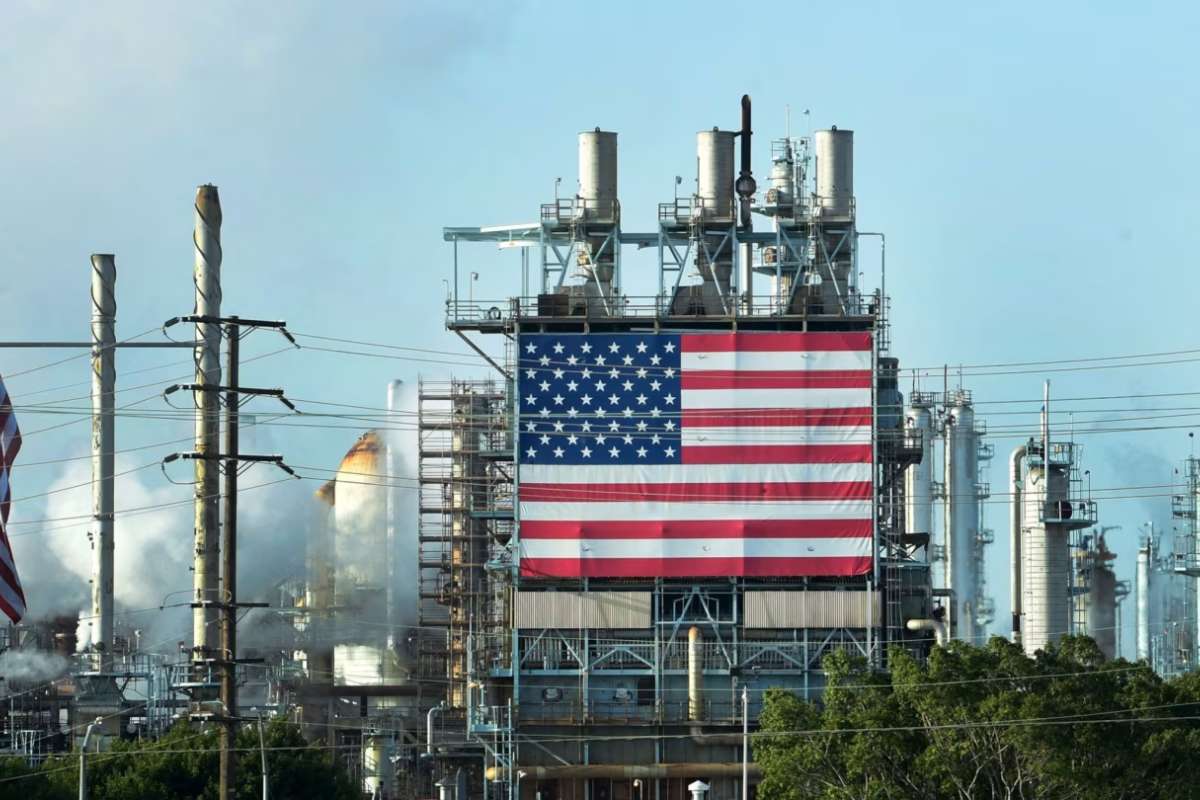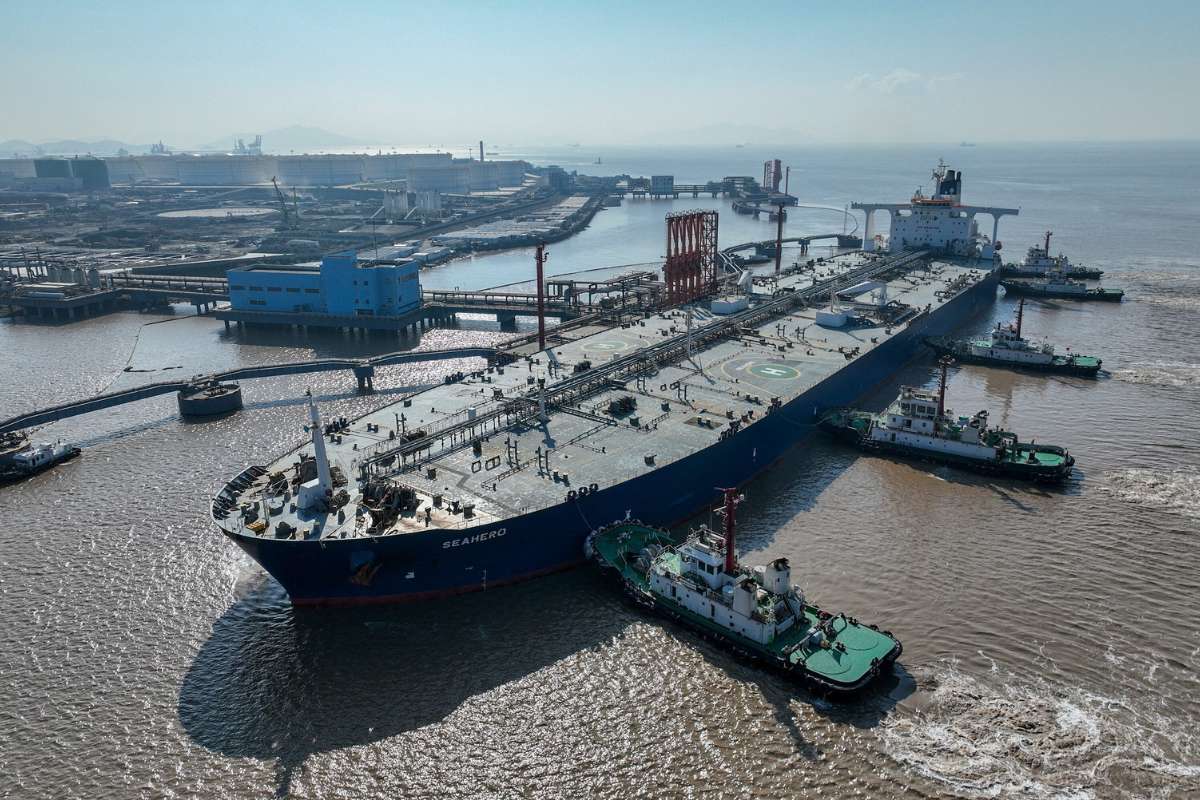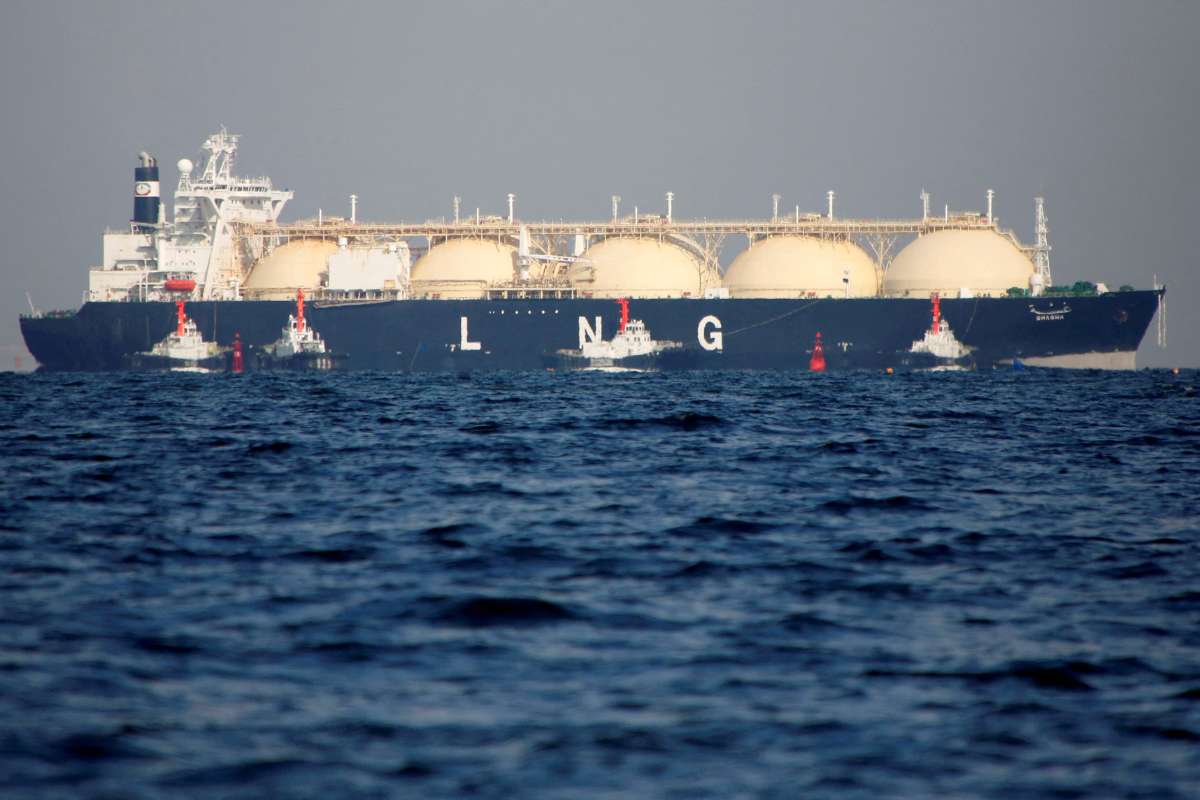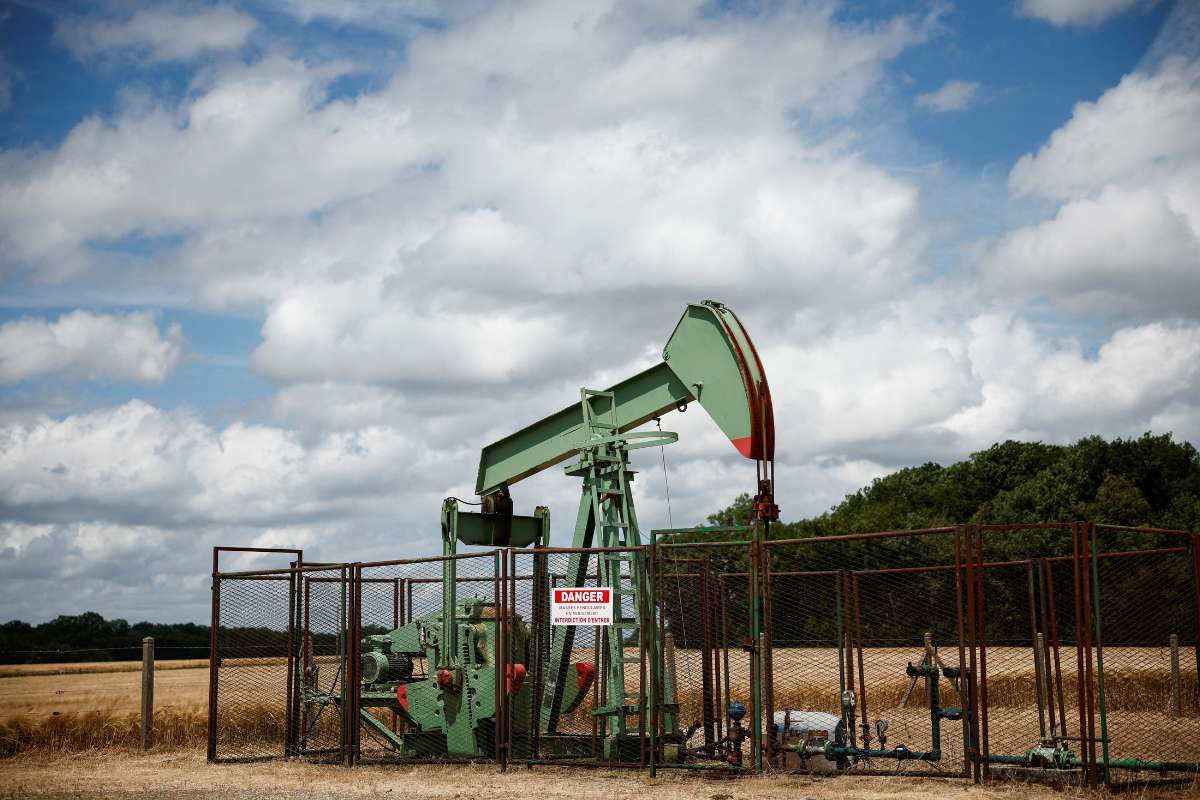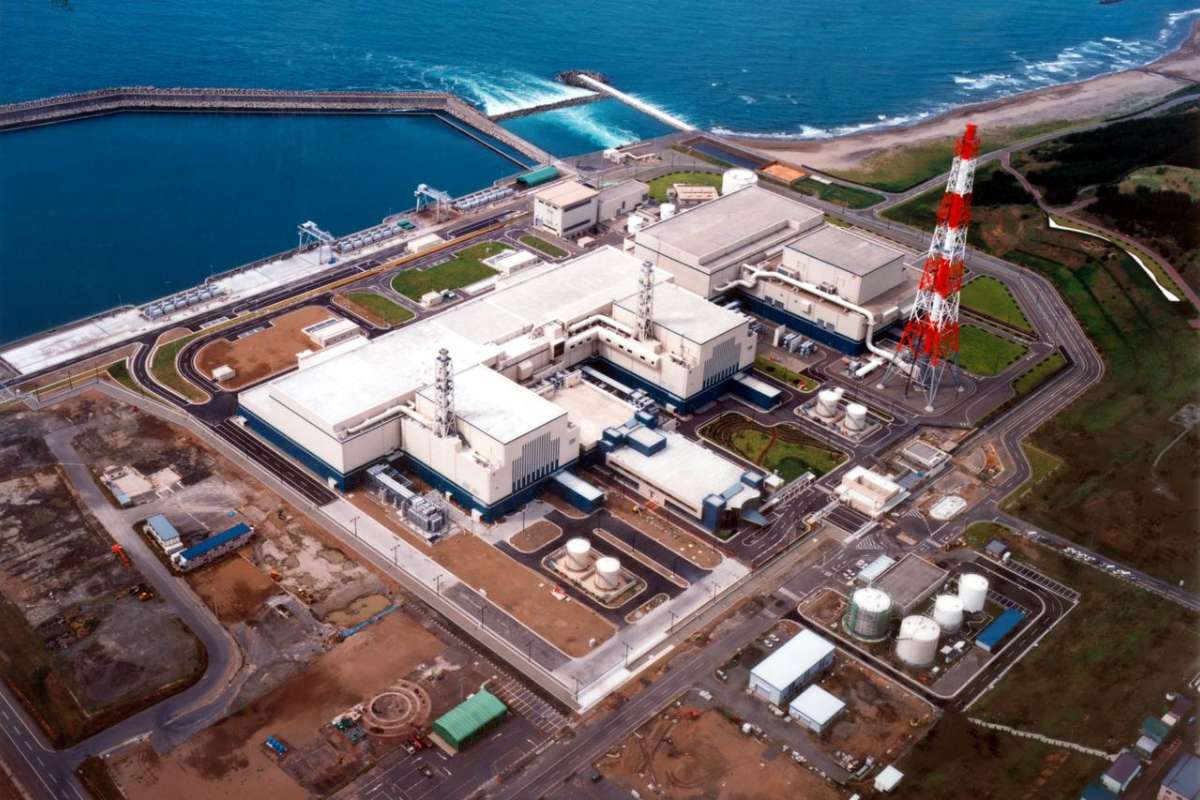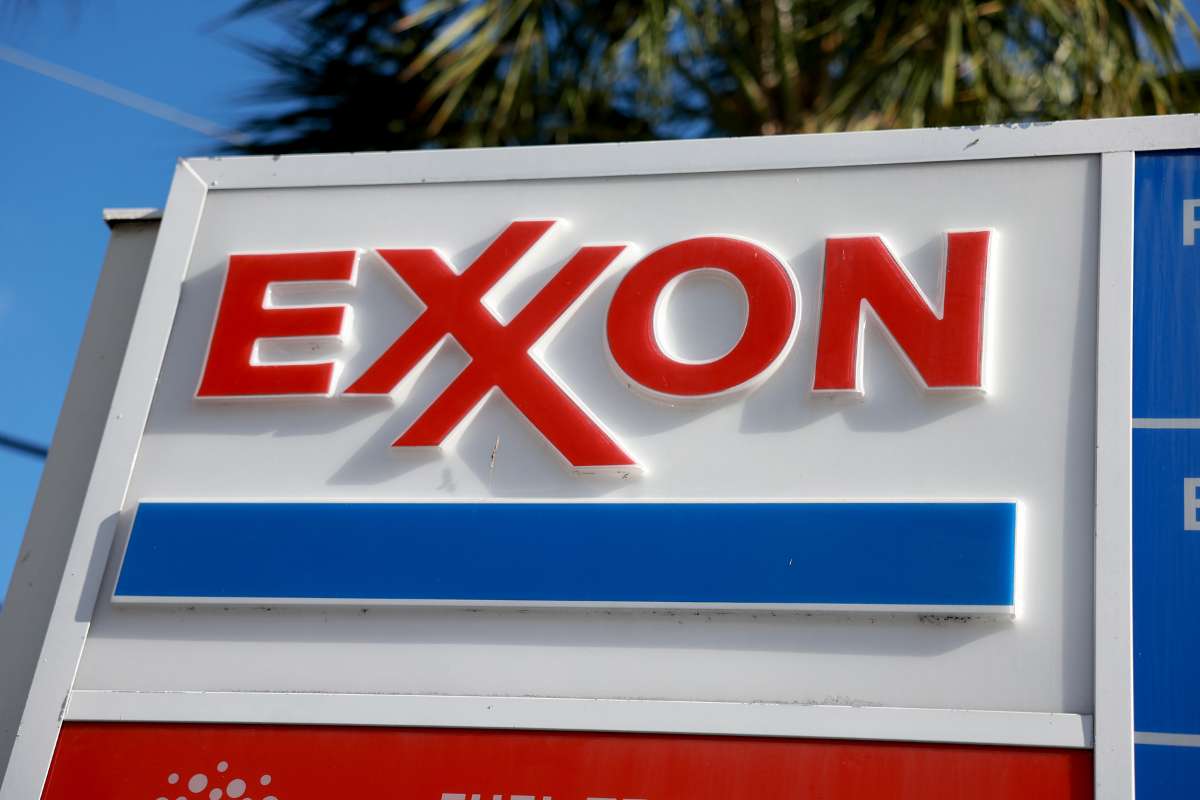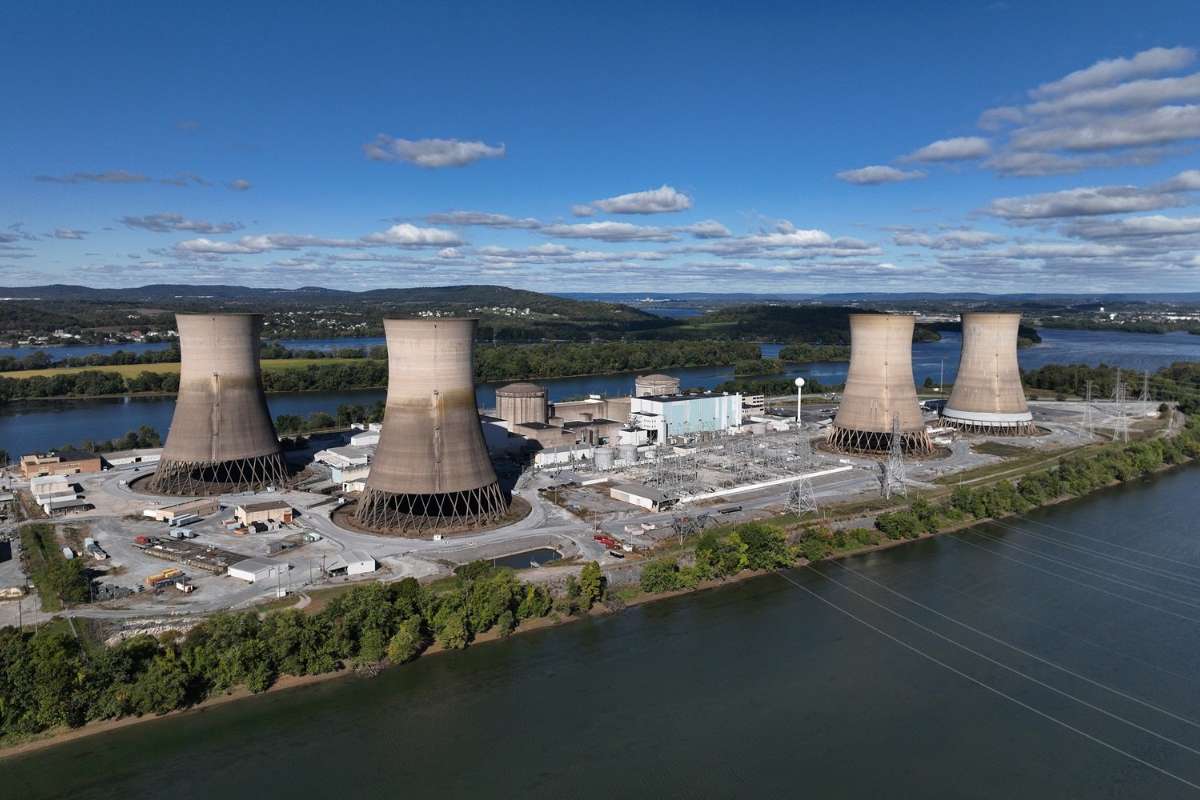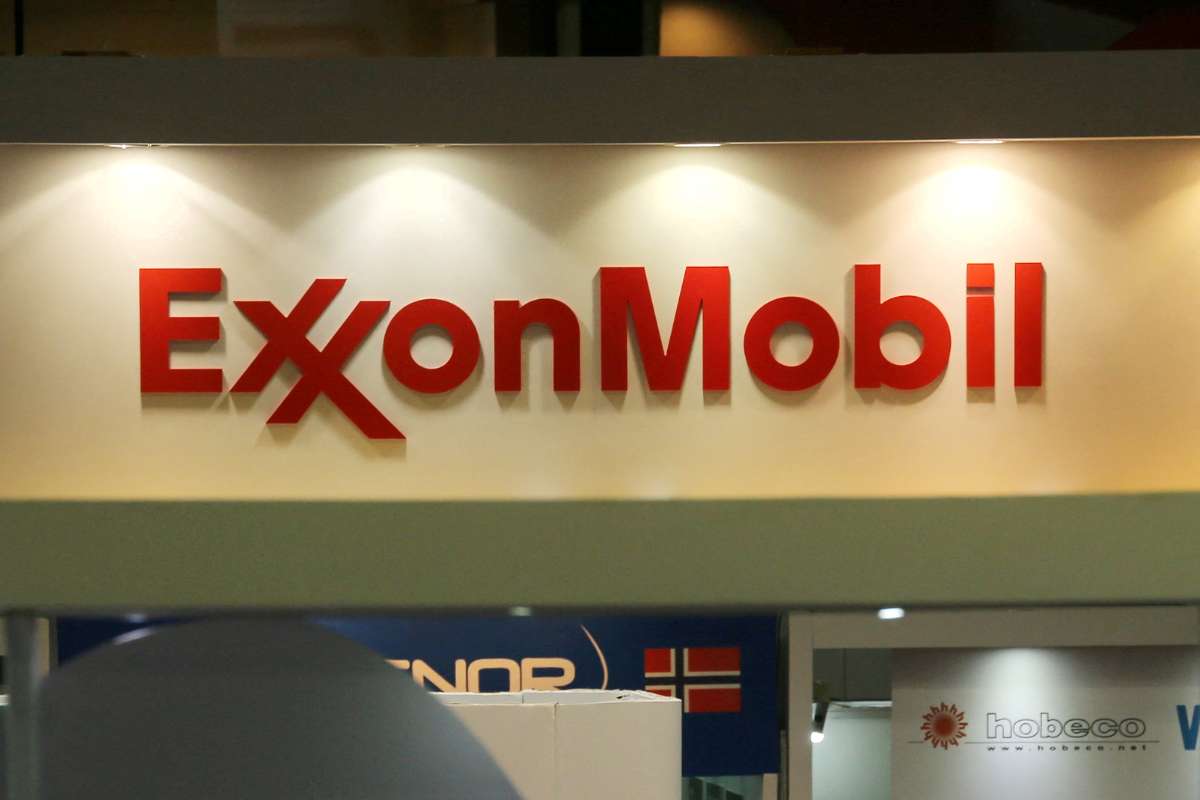As of mid-July 2025, OiL price Flux are fluctuating within a narrow band, supported by rising seasonal demand and improving macroeconomic signals from major global players. On July 16, Brent crude rose slightly to $68.84 a barrel, while U.S. West Texas Intermediate (WTI) settled at $66.77—both reflecting cautious optimism in the market.
China’s June crude processing volumes surged 8.5% year-over-year, and U.S. travel demand around Independence Day pushed fuel consumption higher. OPEC reinforced the positive sentiment by projecting strong demand growth in the second half of 2025, particularly from emerging economies like India and Brazil. The group also stated the global economy “may perform better than expected” going forward, despite geopolitical headwinds.
Yet, despite these bullish signals, investors remain wary due to broader macro uncertainties and volatile demand patterns across key regions.
Oil Price Flux: U.S. Gasoline Stockpiles Surge, Mixed Signals
Countering the upbeat tone, U.S. government data released midweek revealed a surprising rise in gasoline and distillate inventories just as the summer driving season hits its peak. Gasoline inventories jumped by 3.4 million barrels, while distillates surged 4.2 million, indicating weaker-than-expected end-user demand.
Although OiL price Flux stockpiles dropped by nearly 3.9 million barrels, suggesting strong refining activity, the buildup in refined fuels raised concerns that demand may be plateauing. This development reversed some of the earlier price gains, with Brent falling back to $68.52 and WTI slipping to $66.38 in late trading sessions.
High refinery utilization (around 94%) coupled with softening post-holiday gasoline demand highlights the current imbalance in supply and consumption trends across the U.S. energy market.
Shale Drillers Flag Profitability Concerns at Current Price Levels
Despite OiL price Flux holding in the mid-$60s, U.S. producers are raising red flags. According to Quantum Capital’s Dwight Scott, this range represents a “profit red zone” for many shale operators. He warned that sustained prices at current levels are not sufficient to justify new drilling or capital expenditure, potentially slowing U.S. output growth in the months ahead.
Scott’s comments underscore growing tension in the market: while consumers benefit from moderate fuel costs, producers are squeezed by thin margins, particularly in high-cost shale fields. If oil stays in this range, drilling activity could drop further, possibly tightening supply down the line and prompting renewed price volatility.
While short-term demand remains seasonally strong, persistent U.S. inventory builds and growing concerns from upstream producers hint at deeper challenges. The path ahead may hinge on how quickly global consumption trends can stabilize and whether prices rebound enough to keep supply steady. With traders closely watching the $65–$70 per barrel zone, the second half of 2025 could prove to be a volatile period for global energy markets.
Explore More News In Our Oil Gas Energy Magazine
Sources:
